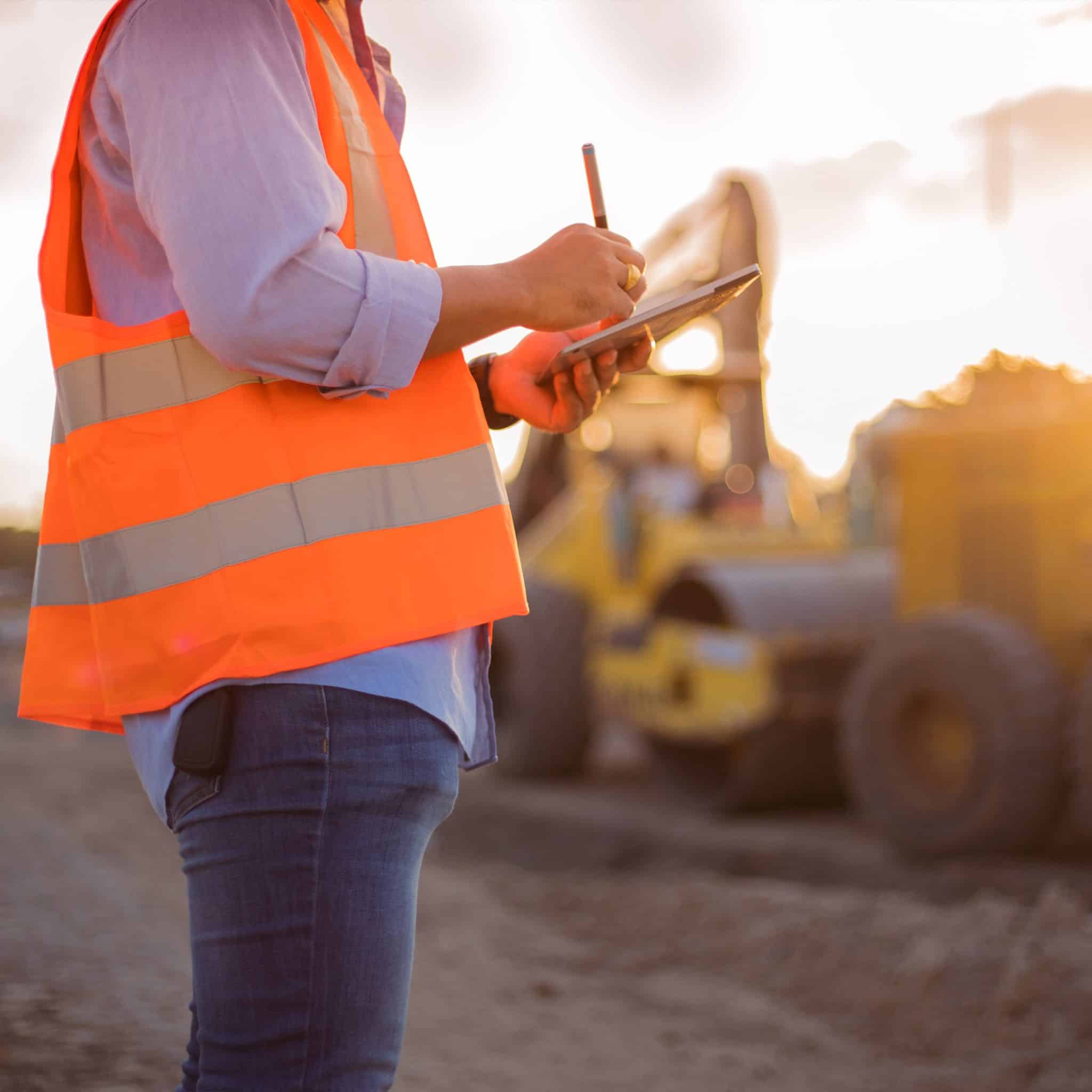Engineer of Record: What You Required to Find Out About Their Obligations and Impact
Engineer of Record: What You Required to Find Out About Their Obligations and Impact
Blog Article
The Interdisciplinary Approaches in the Geotechnical Sector: Bridging the Gap In Between Design, Geology, and Environmental Scientific Research for Optimum Task End Results
The combination of design, geology, and ecological scientific research within the geotechnical sector is not simply helpful; it is crucial for achieving optimal job results. This interdisciplinary collaboration cultivates a thorough understanding of complicated website conditions, permitting ingenious options to arise. By examining vital duties and effective situation research studies, we can discover the dynamic interaction that drives task success. Challenges continue to be in successfully taking care of these multidisciplinary efforts, increasing concerns concerning possible advancements and future patterns. What methods might emerge to facilitate this important collaboration and enhance the efficiency of geotechnical practices?
Relevance of Interdisciplinary Collaboration
The relevance of interdisciplinary cooperation in the geotechnical market can not be overemphasized. Reliable geotechnical projects require the assimilation of varied knowledge from different areas, including engineering, geology, and environmental science. This partnership guarantees that all elements of a project are considered, leading to extensive services that attend to complicated obstacles.
Interdisciplinary collaboration fosters development by allowing experts to share understandings and methodologies that may not appear when operating in isolation (tailings engineer). By leveraging the strengths of several disciplines, teams can recognize possible threats, optimize design processes, and boost the sustainability of geotechnical tasks. Such cooperation advertises an alternative understanding of site-specific conditions, which is essential for exact evaluation and decision-making.
The intricacy of geotechnical tasks necessitates a collaborated method to problem-solving. Eventually, interdisciplinary collaboration is necessary for advancing ideal methods and achieving quality in the geotechnical industry.
Secret Functions of Each Technique
Partnership among various disciplines is not just helpful; it is essential for the successful implementation of geotechnical projects. Each discipline-- engineering, geology, and ecological scientific research-- plays a distinctive yet interconnected role that adds to forecast efficacy and sustainability.
Geotechnical designers are mostly in charge of developing foundations and ensuring architectural honesty. They analyze soil and rock residential or commercial properties to evaluate load-bearing abilities, supplying crucial data for safe construction methods. Their know-how allows the formulation of innovative options to complex obstacles.

Ecological scientists analyze the prospective impacts of building on ecosystems and water resources. They carry out environmental assessments and develop mitigation techniques to lessen unfavorable impacts. By incorporating eco-friendly factors to consider, they make certain compliance with guidelines and advertise sustainability throughout the project lifecycle.
Study of Effective Combination
Effective integration of geotechnical self-controls can be exhibited via numerous study that highlight the performance of team effort in dealing with intricate design obstacles. One notable example is the building of the Hong Kong-- Zhuhai-- Macau Bridge, where a collaborative approach including geotechnical engineering, geology, and ecological scientific research was critical. Engineers and geologists functioned in unison to assess the seabed problems and maximize the foundation style, making sure stability and decreasing ecological influence.
Another impactful instance is the improvement of address incline stability in the San Francisco Bay Area, where an interdisciplinary team integrated geotechnical evaluation with environmental assessments. By integrating geological surveys and hydrological researches, the group effectively recognized possible landslide risks and executed effective mitigation procedures, boosting safety and security and sustainability.
Moreover, the redevelopment of Brownfield websites often calls for a multidisciplinary strategy. In one instance in Chicago, cooperation among geotechnical designers, environmental researchers, and city planners caused the effective removal of infected dirt, permitting the safe transformation of the website right into a neighborhood park. These study illustrate that interdisciplinary partnership not only addresses technological obstacles however likewise promotes cutting-edge solutions that benefit both jobs and neighborhoods.
Difficulties in Multidisciplinary Projects

Furthermore, collaborating routines and operations amongst numerous teams can be problematic, particularly when each self-control has unique job milestones and deliverables. This imbalance can lead to delays and boosted expenses. The challenge of source allowance also impends huge; making certain that specialized competence is available at important times calls for cautious preparation and insight.
Lastly, governing compliance presents another significant difficulty. Each technique might face different regulatory frameworks, and lining up these demands to satisfy project purposes can be complicated and taxing. Addressing these difficulties necessitates strong leadership and reliable communication approaches to promote collaboration and ensure that multidisciplinary groups work cohesively in the direction of shared goals.
Future Trends in Geotechnical Practices
As the geotechnical market advances, arising trends are reshaping practices to address the difficulties faced in multidisciplinary jobs - tailings engineer. One considerable trend is the enhanced assimilation look at this site of innovative modern technologies, such as expert system and artificial intelligence, right into geotechnical analysis and layout. These technologies boost predictive modeling and threat evaluation, making it possible for engineers to make more informed decisions throughout the project lifecycle

Additionally, the adoption of digital twins and real-time tracking systems is ending up go to website being more common. These devices help with continuous assessment of dirt problems and structural efficiency, enabling for prompt treatments when concerns develop.
Final Thought
In final thought, the integration of engineering, geology, and environmental science is vital for achieving optimum results in the geotechnical industry. Successful instance studies highlight the advantages of this technique, while recognizing the difficulties faced in multidisciplinary jobs.
The assimilation of engineering, geology, and environmental science within the geotechnical sector is not simply useful; it is crucial for accomplishing optimum task end results. Efficient geotechnical jobs call for the integration of diverse competence from numerous fields, consisting of design, geology, and environmental science.Browsing the intricacies of multidisciplinary jobs in the geotechnical industry provides several significant difficulties.As the geotechnical industry develops, arising trends are improving methods to resolve the difficulties encountered in multidisciplinary tasks. Geotechnical designers are significantly collaborating with environmental researchers to make sure that jobs straighten with sustainability goals and abide with governing needs.
Report this page